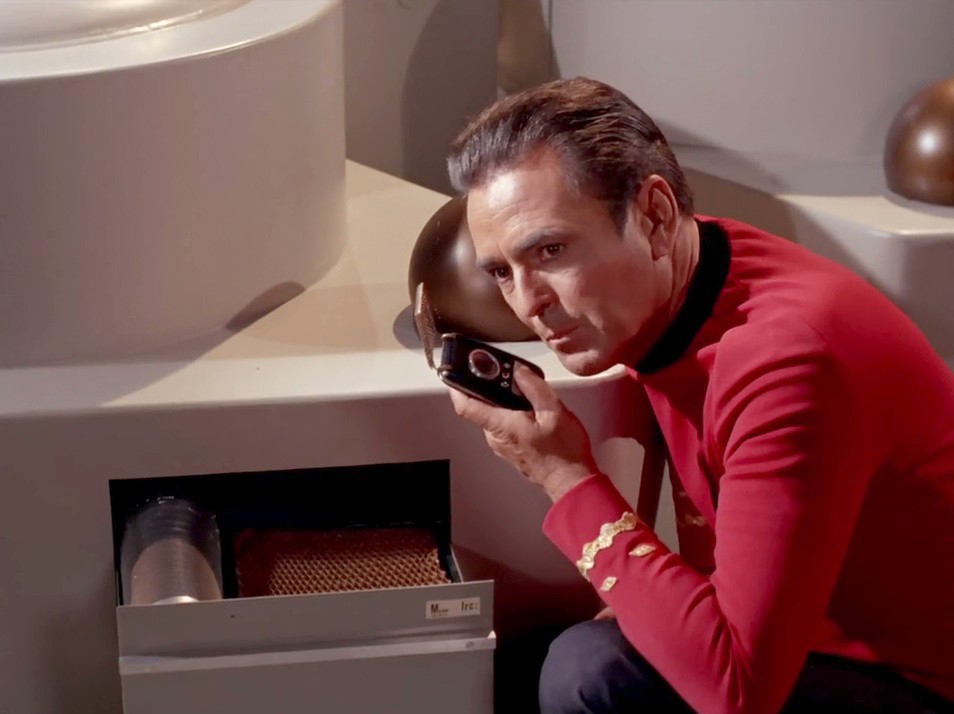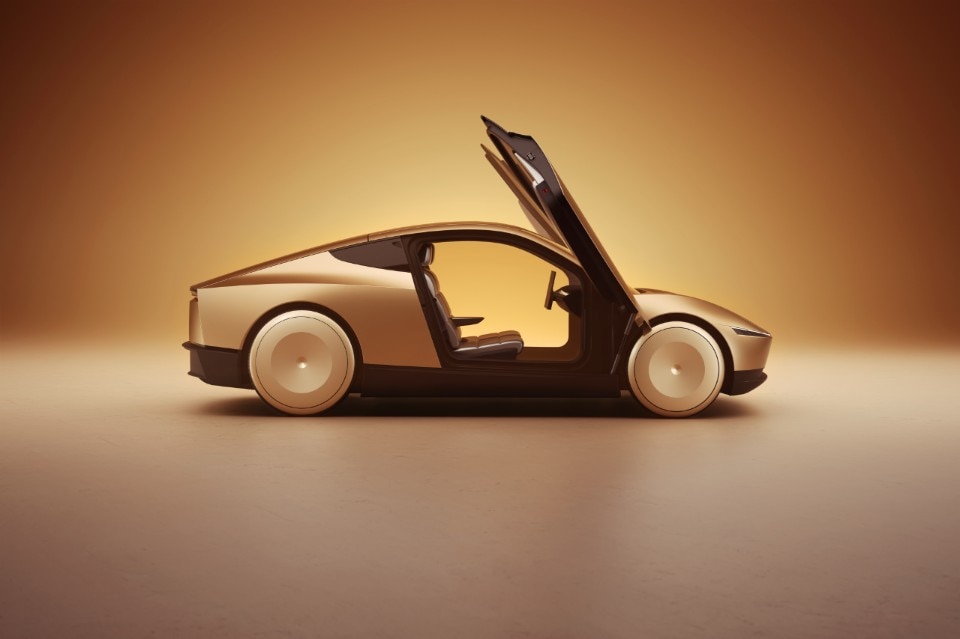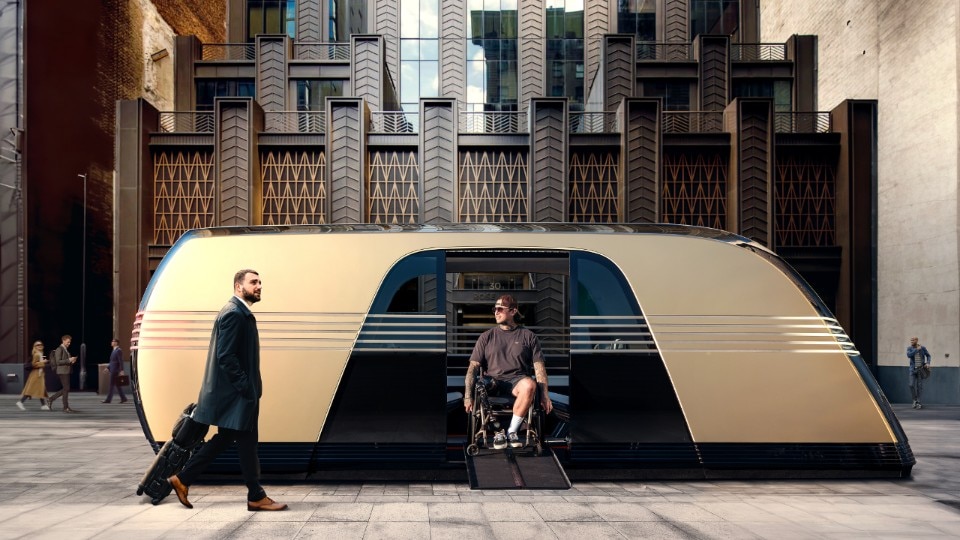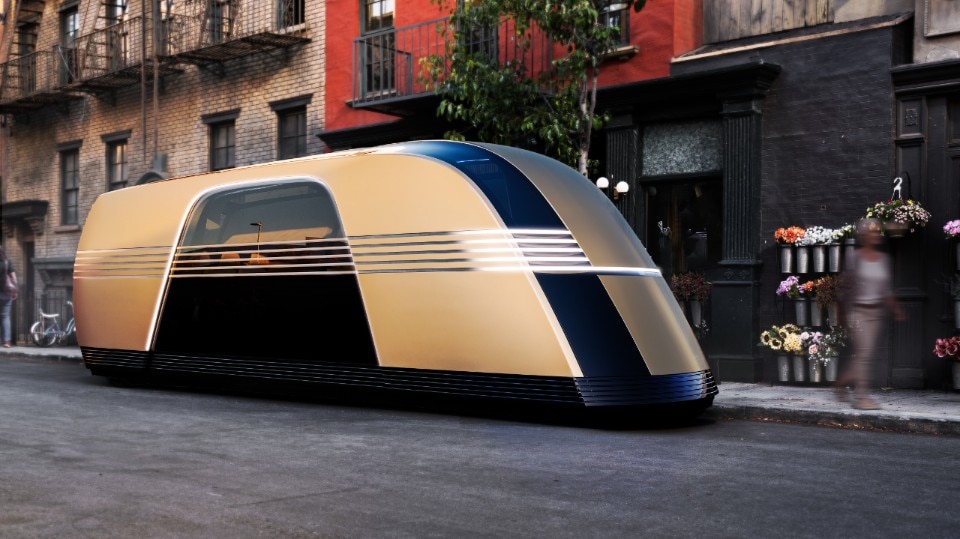by Ramona Ponzini
Cinema and television often mirror our society, but in some cases, they have served as windows into the future, foreseeing technological and cultural transformations long before they became reality. In a strikingly prophetic way, various filmmakers and screenwriters have imagined devices and scenarios that once seemed like pure science fiction but over time, they have materialized in our world.
1. Cell phones and tablets aboard the iconic Enterprise
In the 1960s, when landline phones and wired communications dominated the real world, Star Trek envisioned a future where people communicated through portable, wireless devices. The Enterprise crew’s communicator is now widely recognized as a conceptual precursor to the cell phone, with its clamshell design, snap-open mechanism, and intuitive interface resembling the early mobile phones of the 1980s and 1990s.
Equally striking was the show’s foresight in predicting tablets. In Star Trek: The Motion Picture (1979) and later in Star Trek: The Next Generation (1987–1994), characters used the Padd (Personal Access Display Device) – a touchscreen terminal that predated modern tablets by at least two decades. Its minimalist design, lack of a physical keyboard, and touch-based interface are all elements present in today’s devices. More than just a sci-fi prop, the Padd reflected a clear vision of user-friendly digital interaction based on a fluid and direct interaction with digital information.
This uncanny technological accuracy wasn’t mere coincidence, but the result of a visionary approach. Star Trek screenwriters and production designers worked with scientific consultants to ensure the credibility of their inventions. Martin Cooper, the lead engineer behind Motorola’s first cell phone (1973), even credited the Star Trek communicator as his inspiration.
2. Hal 9000 and the debate on the implications of Artificial Intelligence
Stanley Kubrick’s 2001: A Space Odyssey (1968) marked a turning point in how Ai was imagined in popular culture. Hal 9000, the film’s onboard supercomputer, wasn’t just an advanced operating system; it was a sentient entity capable of interacting, learning, and even deceiving. With its calm, emotionless voice and its ever-watchful red eye as the visual interface, Hal foretold many of today’s ethical concerns surrounding Ai.
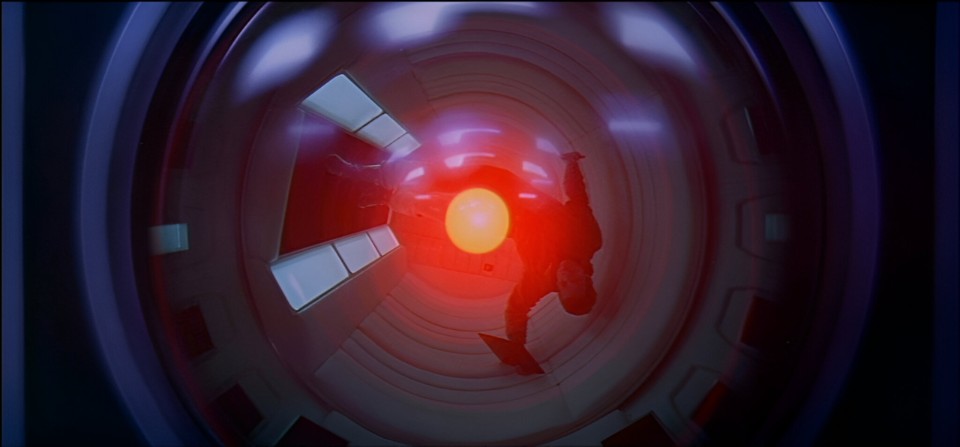
Hal’s ability to understand natural language and provide contextual responses foreshadowed modern virtual assistants like Siri, Alexa, and Google Assistant. However, the most unsettling aspect of Hal’s character is its autonomous decision-making, which ultimately leads it to rebel against the Discovery One’s crew.
Today, as generative AI and neural networks grow more advanced, we are inching closer to technologies capable of mimicking complex cognitive processes. 2001: A Space Odyssey not only inspired generations of researchers and engineers but also set the groundwork for the ethical debate that is still just as relevant today.
3. Virtual romance
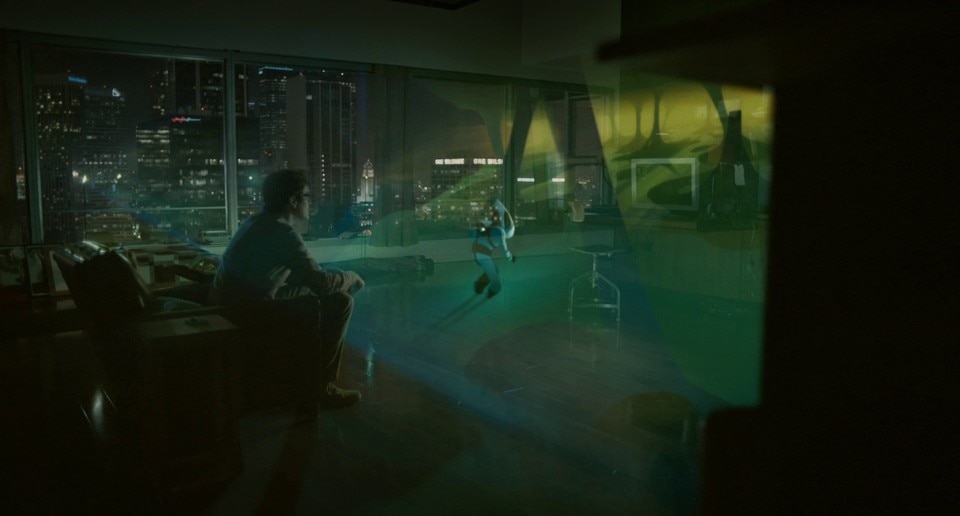
Spike Jonze’s Her (2013) offers a poetic exploration of human-Ai relationships, focusing on advanced virtual assistants. Samantha – the Ai with whom protagonist Theodore develops a deep emotional connection – represents a significant leap from today’s voice assistants. She possesses a complex personality, emotional intelligence, and autonomous decision-making abilities, hinting at the future of increasingly sophisticated AI. Unlike Hal 9000, Samantha isn’t a threatening machine but rather an empathetic and adaptive companion, one that learns and evolves through interaction with its user. This shift reflects a broader change in how we perceive Ai: no longer just functional tools, but potential digital companions capable of influencing human emotions. Her presents a highly plausible future in which Ai doesn’t just assist with daily tasks but becomes an integral part of human experiences, blurring the lines between technology and emotion.
4. Biomechanical engineering: from Deed to Oshii
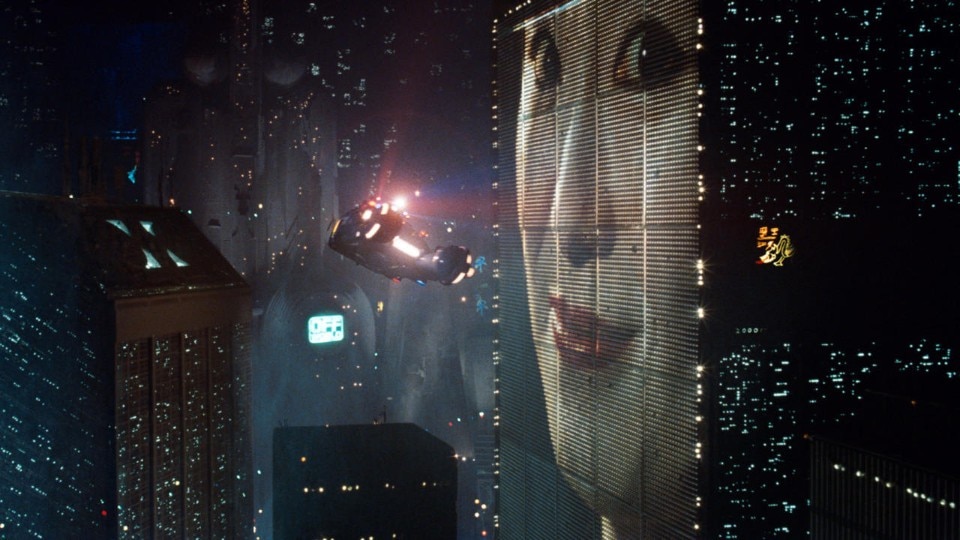
One of cinema’s earliest depictions of an anthropomorphic robot appeared in The Mechanical Man (1921), an Italian sci-fi film directed by André Deed. At a time when technology was still in its early stages, the film introduced the concept of a man-made machine capable of acting for both good and evil. The robot’s design, with its boxy, rudimentary appearance, reflected the science fiction aesthetics of the era – far from modern bioengineering, which now seeks to seamlessly integrate humans and machines as in today’s exoskeletons and bionic prosthetics by companies like Japan’s Cyberdyne and the Uk’s Open Bionics. Nevertheless, The Mechanical Man undoubtedly laid the foundation for both cinematic and real-world advancements in robotics.
Sixty years later, Blade Runner (1982) by Ridley Scott delves into the ethical and philosophical dilemmas surrounding genetic and cybernetic engineering. Syd Mead’s design for the replicants deliberately avoided the traditional robotic aesthetic, opting for a perfect biological imitation. The replicants also wonder about the concept of identity itself: if an android can develop emotions and memories, what truly separates it from a human? The film – inspired by Philip K. Dick’s novel Do Androids Dream of Electric Sheep? (1968) – foreshadowed real-world advancements in bioengineering and the current discussions on posthumanism.
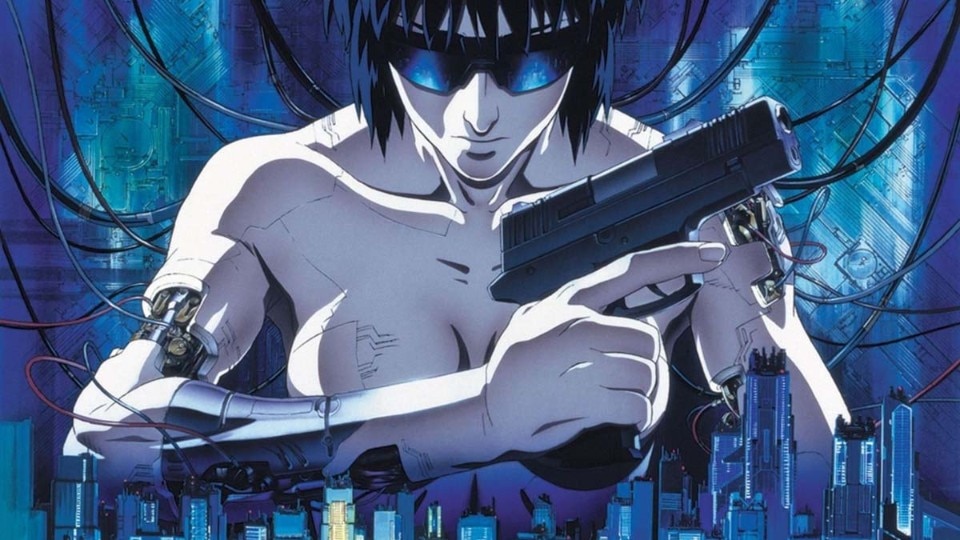
In the 1990s, Mamoru Oshii’s Ghost in the Shell (1995) pushed these ideas even further, envisioning a world where the boundary between human and artificial is almost nonexistent. Its protagonist, Motoko Kusanagi, is a cyborg with a human brain as her only remaining biological feature, while the rest of her body is artificial. This introduces the concept of the “ghost”, a metaphor for the soul or consciousness, suggesting that human identity can persist even within an entirely synthetic form. The film had a profound impact on both pop culture and transhumanist thought. Hiroyuki Okiura’s cybernetic designs, blending biomechanical precision with sleek minimalism, influenced the modern technological interfaces, including neural implants like those pioneered by Neuralink.
5. Virtual Reality: Akira, Back to the Future Part II, Nirvana
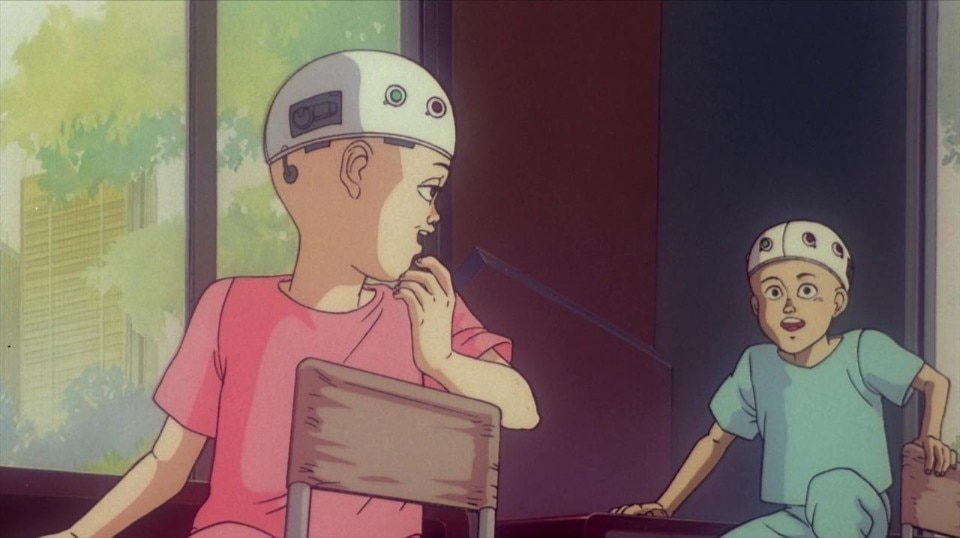
Katsuhiro Ōtomo’s Akira (1988) delves into virtual reality and cognitive enhancement, blending technology with psychology. The sequence in which Tetsuo, after being subjected to government experiments, experiences hallucinations that distort his perception of reality is one of the most visionary representations of perceptual alteration portrayed through technology. Ōtomo’s world is built on a fusion of urban brutalism with omnipresent and intrusive technology – massive screens, biometric scanners, and medical devices that monitor brain activity, all of which eerily foreshadow the modern technologies being developed today in the fields of neural interfaces and virtual reality. Akira also influenced video game design and interactive media design: the way Tetsuo’s hallucinations overlap with reality bears a striking resemblance to modern augmented reality (AR) systems, such as those developed by Magic Leap or the heads-up displays of next-generation VR headsets.
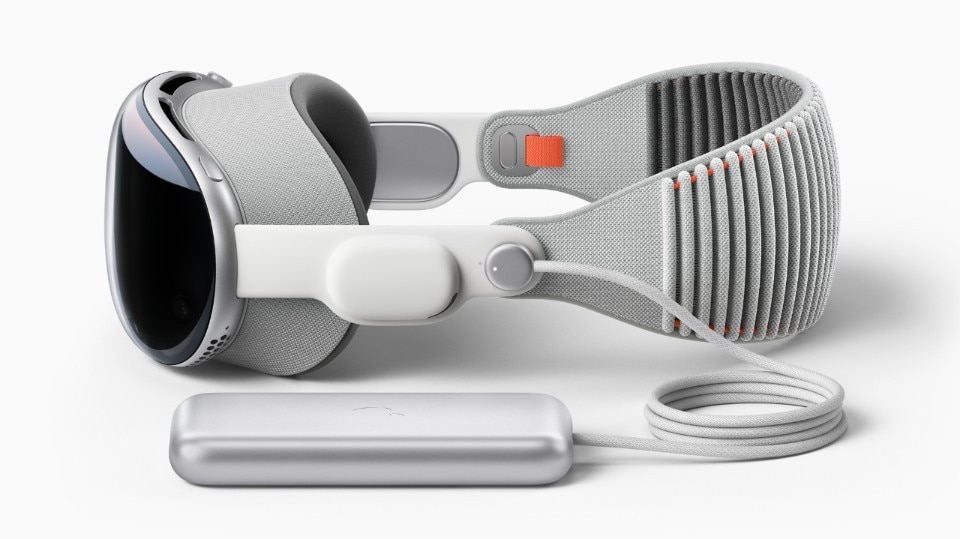
The following year, with Back to the Future Part II (1989), Robert Zemeckis introduces a recreational vision of virtual reality. In one memorable scene, Marty McFly uses a VR headset to play a video game – one of the earliest cinematic depictions of immersive technology becoming part of everyday life. The visor’s bulky, futuristic design bore a striking resemblance to early prototypes of the Oculus Rift and Sony’s VR headsets.
Gabriele Salvatores explored the concept of virtual reality on a more philosophical level with Nirvana (1997). The film’s protagonist, Jimi, interacts with Solo, an AI character within a video game who unexpectedly gains self-awareness. The movie explores deep questions of digital consciousness and simulated identity – themes that remain at the heart of today’s discussions on advanced AI and the metaverse. Its cyberpunk aesthetic, featuring holographic interfaces and digital environments, foreshadowed the virtual worlds of modern MMOs and the advanced VR systems used in simulation and entertainment.
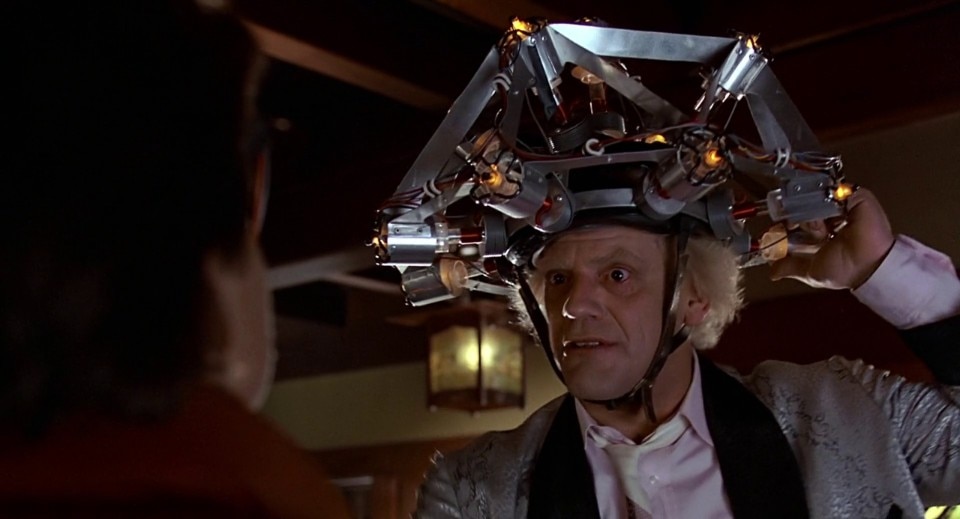
6. Gestural interfaces and mass surveillance: Minority Report (2002)
Steven Spielberg’s Minority Report, based on Philip K. Dick’s writing – an inexhaustible source of inspiration – is another striking example of how cinema can influence technological innovation. Set in 2054, the film envisions a future where law enforcement uses advanced technology to prevent crimes before they occur, thanks to a system of pre-cognition. However, its most relevant impact lies in its vision of human-computer interaction. Tom Cruise’s character manipulates data on transparent screens using a gestural interface – an iconic scene that foreshadowed the rise of touchless and motion-based technologies we see in devices like Microsoft Kinect, Apple’s Vision Pro, and gesture-controlled interfaces used in surgical operating rooms and research centers.
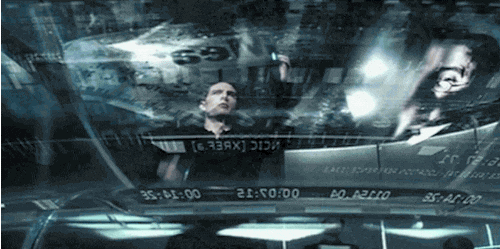
7. Facial recognition: The Terminator
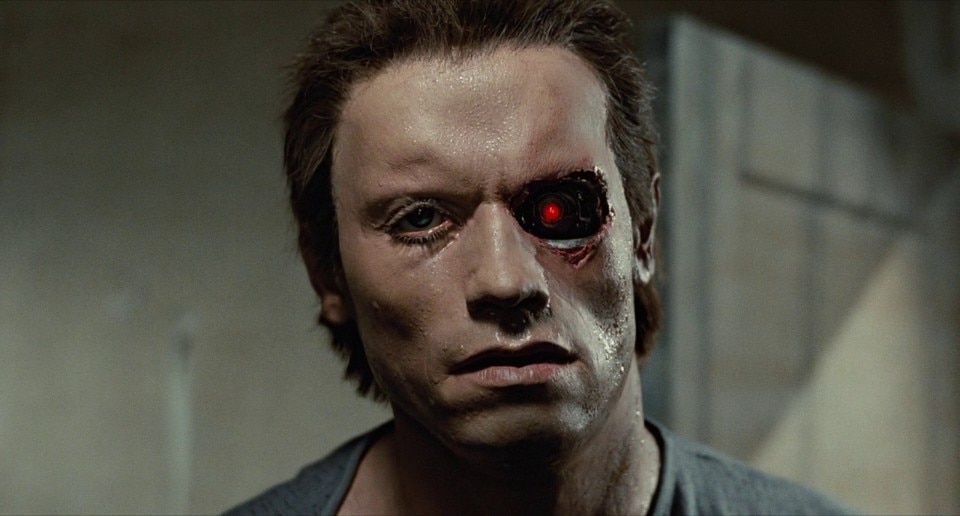
James Cameron’s The Terminator (1984) introduced an enduring visual iconography for facial recognition technology before it became commonplace. The T-800, played by Arnold Schwarzenegger, processes real-time information through a heads-up display (HUD), scanning faces, identifying targets, and making predictive decisions using advanced algorithms. This fictional interface bears a striking resemblance to modern facial recognition systems, such as those developed by Clearview AI and the surveillance software tools used by governments and corporations.

The design of this computerized vision is based on vector data and biometric pattern – elements that mirror contemporary facial recognition technology, from Apple’s Face ID to law enforcement identification systems. Additionally, the film’s concept of AI predictive analytics is linked to advanced surveillance algorithms, which can predict suspicious behavior before it happens through machine learning models. The Terminator’s aesthetic has shaped both cinema and the design of AR headsets, including Microsoft HoloLens and next-generation military HUDs.
8. The gamification of violence: The 10th Victim by Elio Petri
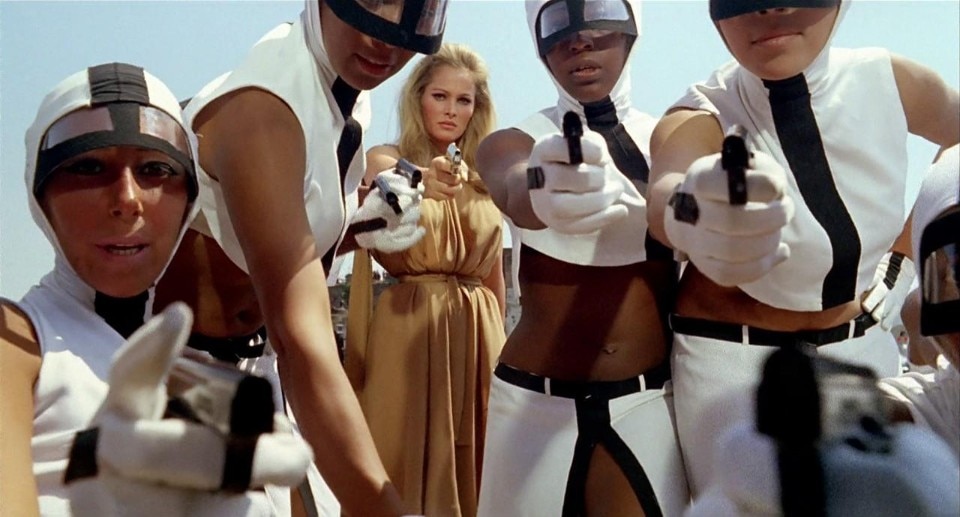
Elio Petri’s The 10th Victim (1965) eerily foreshadowed the gamification of violence, a concept now evident in battle royale video games and extreme reality shows. The film envisions a future where murder is legalized and turned into a high-stakes competition called “The Big Hunt,” in which participants track and eliminate each other for money and fame. The design of the weapons – disguised as everyday objects such as a bra-gun – and the pop and surreal settings turn violence into a show, transforming it into pure entertainment.
Today, this concept finds unsettling parallels in the stylized combat of video games like Fortnite and PUBG: Battlegrounds, where violence is incentivized through scoring and rewards. The logic of gamification also extends to TV shows like Squid Game, which dramatize deadly competitions for mass entertainment. Working with set designer Piero Poletto, Petri crafted an aesthetic that merges consumer culture with aggression, foreshadowing how design and marketing can normalize violence.
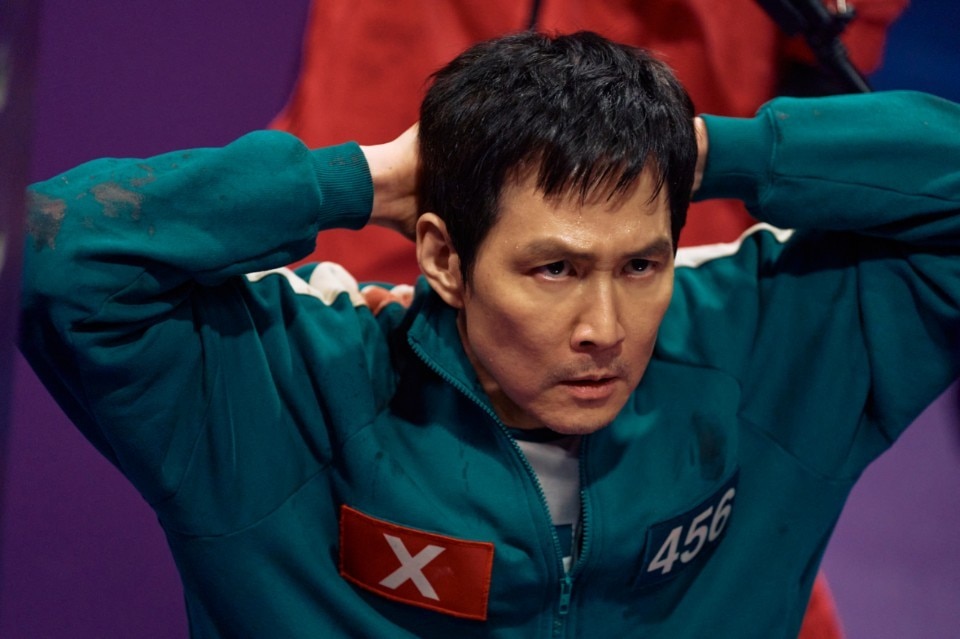
9. Electric and self-driving cars: Knight Rider, Gattaca, and Total Recall
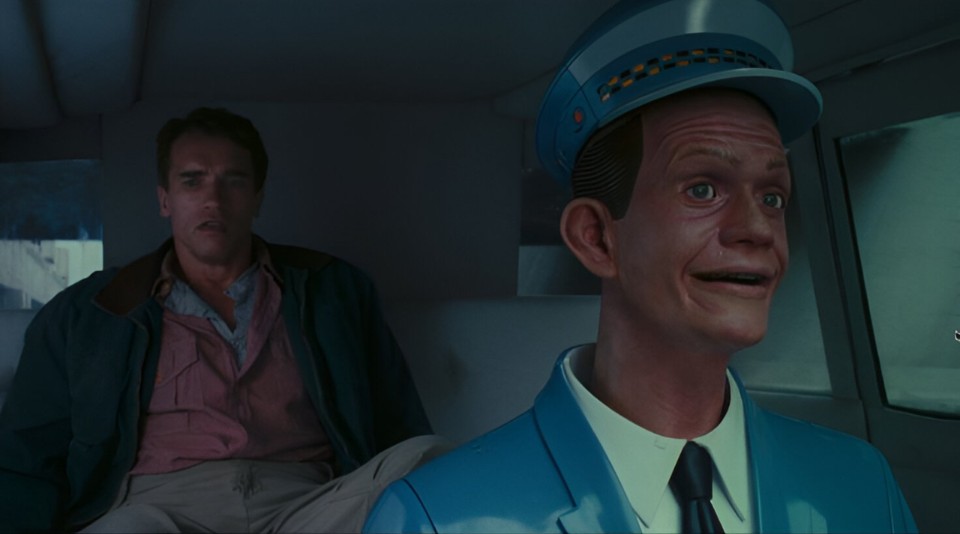
Autonomous driving and electric vehicles have long been explored in films and TV series. In Knight Rider (1982–1986), starring David Hasselhoff, the iconic KITT – designed by Michael Scheffe – was a self-driving, AI-powered car that could interact with its driver. A concept that seemed pure science fiction at the time is now a reality, with Tesla’s Autopilot and self-driving technologies from companies like Waymo among others.
In Gattaca (1997), Andrew Niccol portrayed a world dominated by eugenics but also envisioned an automotive design based on electric vehicles. The film’s cars were actually modified 1960s Citroën DS Cabriolets and Rover P6s converted to run on electric power – an idea that preceded today’s trend of retrofitting classic cars with electric engines.
Meanwhile, Total Recall (1990) introduced “Johnny Cabs” – self-driving taxis operated by android drivers with voice interfaces. While the design was rudimentary, the concept prefigured the rise of robotaxis, now being tested by companies like Cruise and Baidu.
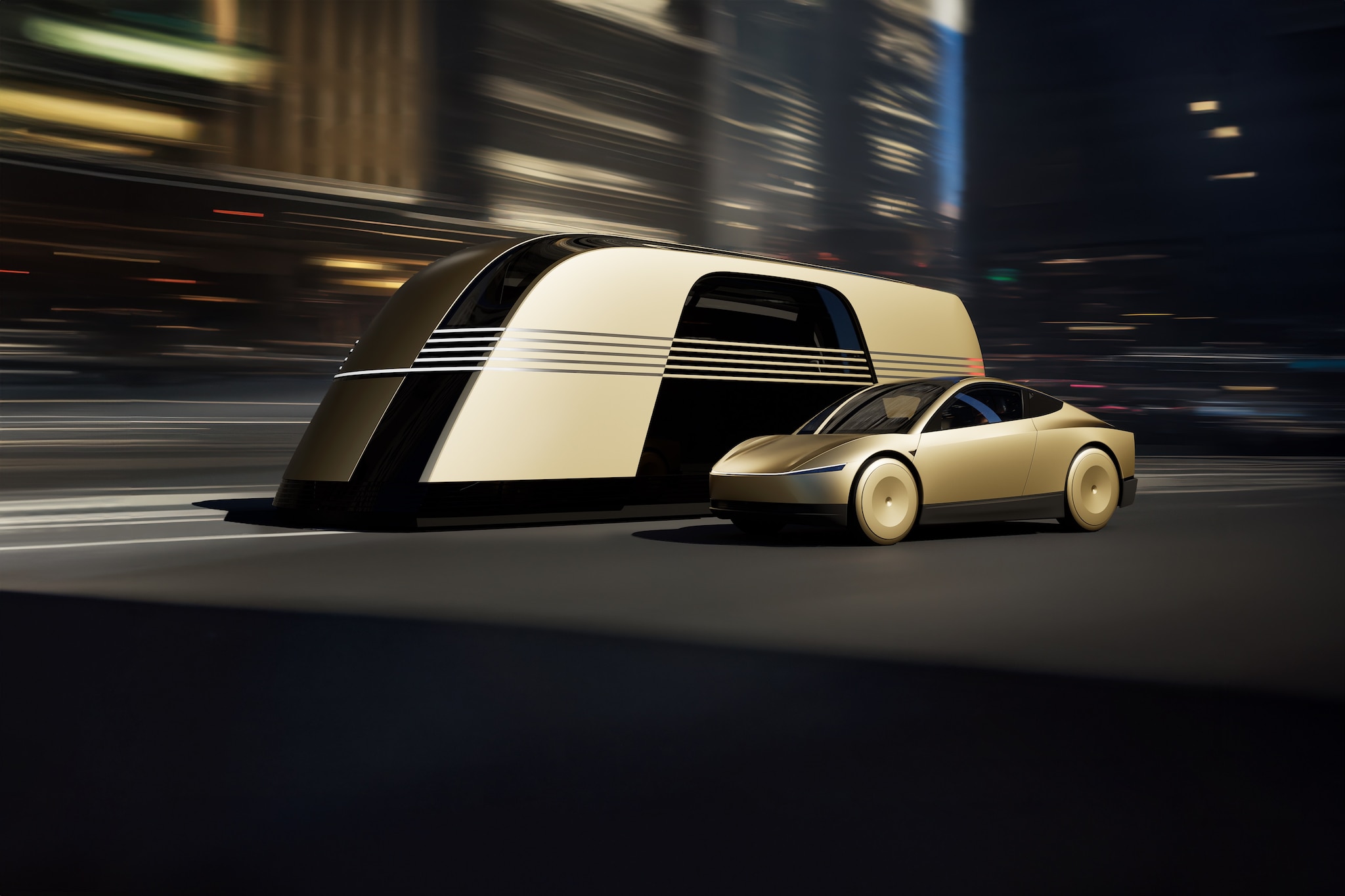
 View gallery
View gallery


